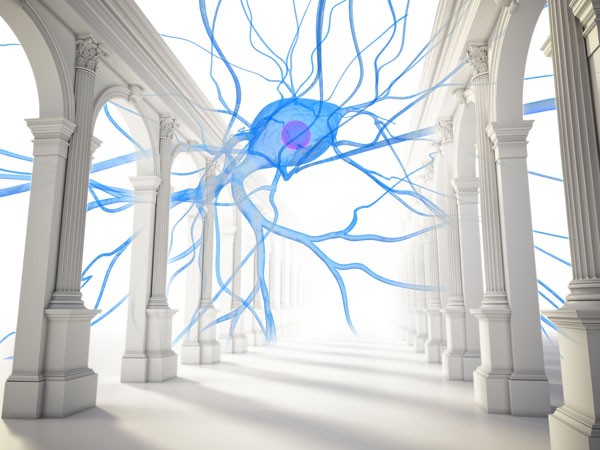Abstraction and the Explanatory Gap: Physicalism and Dualism Combined
Abstract
The explanatory gap between consciousness and science can be understood only in contrast to those things with an adequate scientific explanation. Scientific explanation is built on the measurement of time, distance and mass etc. and relationship concepts such as true, equal to, etc. all of which are derived by the collective abstraction of many subjective experiences. Measurement and mathematics, because they are uniform across the whole of humanity, create an abstract symbiosis of all the separate consciousnesses. Those concepts supported by the symbiosis are of unique authority from which accepted explanations can be derived. Although they retain not one iota of the subjective experiences from which they were abstracted, they retain the authenticity of the subjective experience. The explanatory gap regarding consciousness derives from the fact that there is no analogous abstraction of the totality of mental processes of the human mind, in particular consciousness. Turing’s defined ‘thinking’ as that portion of human mental function that can be represented by a computational algorithm and that abstraction validated by the imitation game. To define the limits of symbiotic abstraction of human mentation, and document that via the imitation game, it is needed to further develop that approach to model the totality of externally observable individual behavior. Consciousness and its associated features like free will, qualia, etc. are intrinsically not observable and cannot be abstracted directly into the symbiosis. Non-observables entities such as black holes, quarks, etc. are identified, validated and explained as the most parsimonious understanding consistent with the structure of ideas anchored in the observables. Consciousness is irreducibly idiosyncratic and non-material and therefore irretrievably not possible to directly abstract. Therefore, a Materialist explanation within the current understanding is impossible. Dualism is the most parsimonious theory but fails for lack of a plausible interface with current physics. Entanglement and the mechanism of quantum collapse are established phenomena within physics not by any known material mechanism. Further understanding of these phenomena may provide the conceptual basis for an abstract non-material dualist model of consciousnesses with no explanatory gap. A model which both physicalist and dualist.
Keywords:
Explanatory Gap, Abstraction, Turing, Dualist, PhysicalistDownloads
Metrics
References
Bergson H. Time and Free Will: An Essay on the Immediate Data of Consciousness. New York, NY: The Macmillan Company; 1910.
Berkeley G. The Works of George Berkeley, Bishop of Cloyne. Luce AA, Jessop TE, eds. 9 vols. London, UK: Thomas Nelson and Sons; 1948–1957.
Bishop J. Artificial Intelligence is stupid and causal reasoning won't fix it. arXiv. 2008;07371v1.
Bolhuis J. How Could Language Have Evolved? PLoS Biol. 2014;12(8):e1001934.
Banissy M. Synesthesia: an introduction. Front Psychol. 2014;5:1414.
Downloads
Published
How to Cite
Issue
Section
Categories
License
Copyright (c) 2025 Michael Remler

This work is licensed under a Creative Commons Attribution-NonCommercial-ShareAlike 4.0 International License.
Authors continue to hold copyright with no restrictions.














